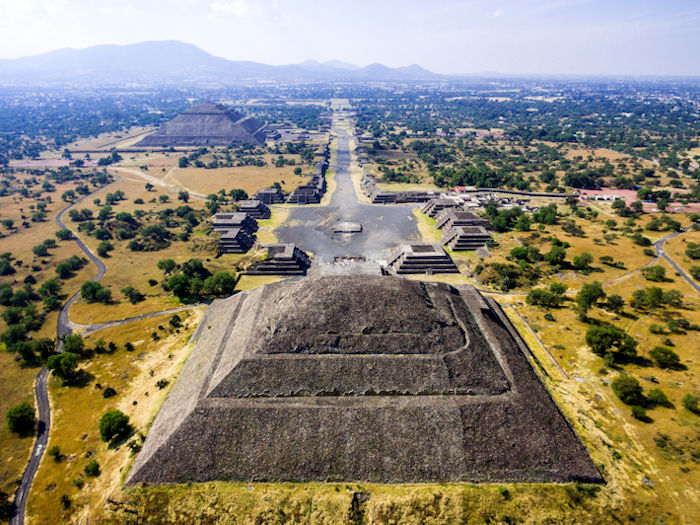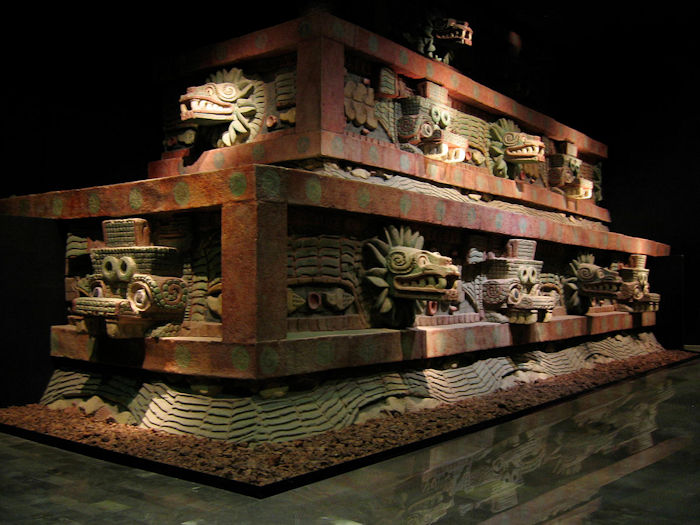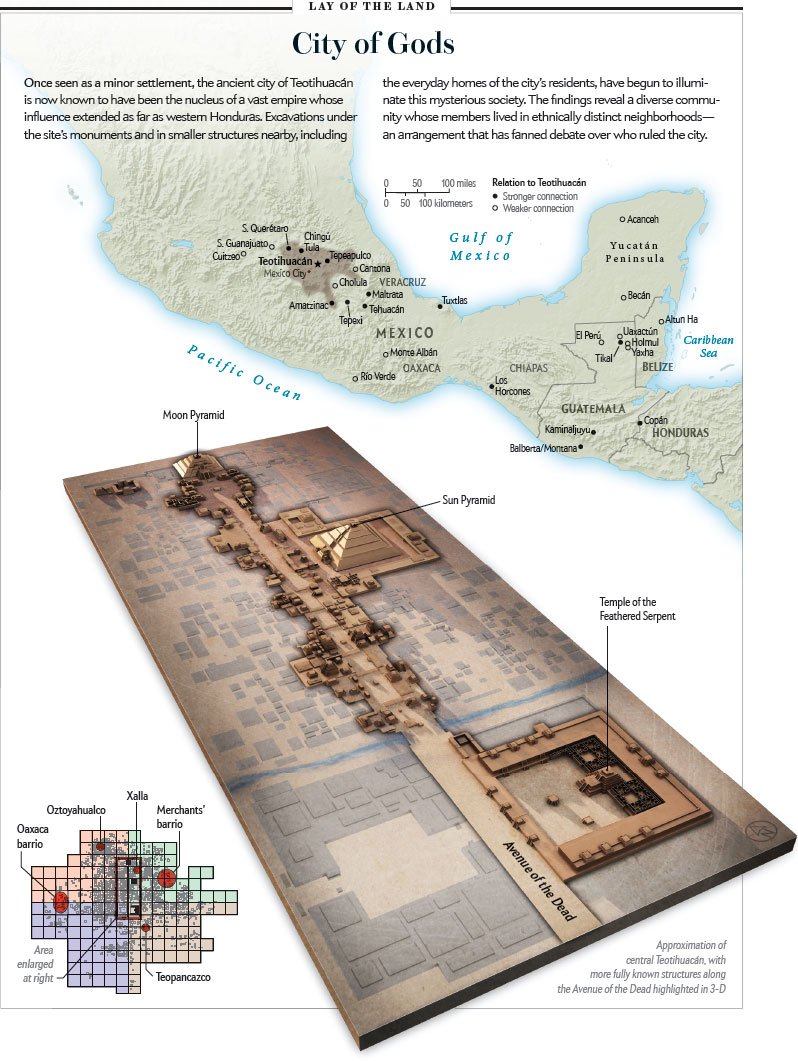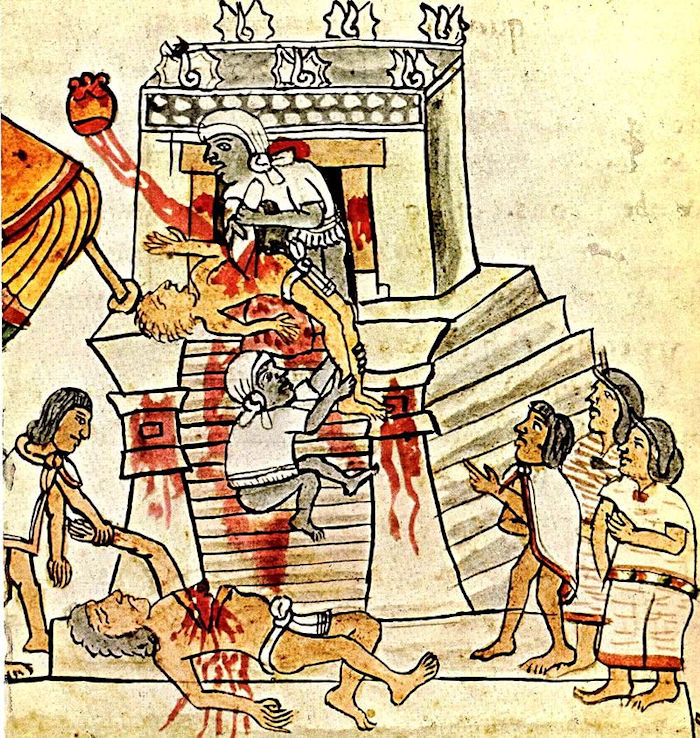Teotihuacán: Enigmatic Birthplace Of The Gods And Its Obscure History
A. Sutherland - AncientPages.com - Teotihuacán is an ancient site where the circumstances of its destruction are not entirely clear. The people who created it are completely unknown, and no satisfactory explanation has ever been found for what appears to have been the sudden decline of the city.
There is no good reason to suggest a foreign invasion. The city was destroyed through burning and deliberate destruction, and it must have been sacked. It happened in the middle of the 6th century CE.
Teotihuacan. Credit: Adobe Stock - Luis
Mysterious, massive Teotihuacán - which is one of the intriguing archaeological sites in the Americas - remains a historical mystery.
Situated in the Valley of Mexico, 40 km (25 miles) north of Mexico City, on the central highland plateau of Mexico, Teotihuacán was first inhabited in about 150 BC, but the first ceremonial buildings were constructed in the 1st and 2nd centuries AD. It is believed that Teotihuacán, most probably the largest city in the New World, had about 150,000 – 200,000 inhabitants at its height.
Many archaeologists are divided regarding the dating of the site, some believing the city flourished from 1500 to 1000 BC; others suggest a later period of 100 BC to 700 AD but there are also scholars who believe that Teotihuacan is much older.
Reconstruction of the facade of the Temple of the Feathered Serpent (Teotihuacán) Now located in the National Museum of Anthropology. Credit: Rose Mania - CC BY 2.0
It had many pyramids and other large public areas and the city was laid out at this time on a regular grid, never before seen in the New World.
Archaeological findings do not give clear answers regarding the enigmatic people of Teotihuacán, who built and ruled it.
No written records have ever been found that could shed light on Teotihuacán’s past.
It is unknown what the original name of the city was; the name Teotihuacan ‘the place of the gods’ or "place where gods were born", was given by the Nahuatl-speaking Aztecs several centuries after the fall of the city around 550 AD.
Credit: Maps by XNR Productions, Illustrations by José Miguel Mayo; sources: based on work by Rene Millon (all maps). Image via Nature.com/Scientific American
This name could be associated with Nahua creation myths linked to Teotihuacán. The Aztecs believed that the gods created the universe, with the sun and the moon at Teotihuacán and the city’s motifs and symbols were adopted by the Aztecs as their own. Most recognized of the Mesoamerican deities was Quetzalcoatl, the Feathered Serpent and in the Aztec pantheon, Quetzalcoatl was the primary sky god, associated with wind and air but first of all a god of creation and wisdom.
Myths of Central America tell that the world had undergone four cycles or "suns"; they lived in the fifth sun, which was already old, so the end of the world by earthquakes, was expected at any moment.
In an attempt to delay the cataclysmic event, thousands of people were sacrificed; in the Pyramid of the Sun, the corner of each step was found full of skeletons of children and three burial pits with skeletons were discovered by archaeologists beneath the Temple of Quetzalcoatl.
Human sacrifice is shown in the Codex Magliabechiano. Credit: Public Domain
Most impressive depictions of the plumed serpent existed at Teotihuacan four-hundreds years before Palenque, and almost 1000 years before they were seen at Tula or Chichen Itza.
Did the mysterious visitor make his first appearance at Teotihuacan? Was the worship of this powerful god taken into the Maya region early in the Christian era by Teotihuacan missionaries anxious to spread their beliefs, or was it brought back from Mayan traditions?, asks T. J. O'Brien, in his book ‘Fair Gods and Feathered Serpents: A Search for Ancient America's Bearded White God’.
Teotihuacán has been mapped by Rene Millon with the help of photogrammetry, in a project lasting many years.
René Millon, a professor emeritus of anthropology at Rochester, dedicated to mapping and excavating a historic pre-Columbian site in Mexico, led an international team of researchers who produced the first complete building-by-building map of Teotihuacán, a 2,000-year-old city that lies 30 miles northeast of Mexico City.
The city’s pyramids are gigantic; the Pyramid of the Sun is the largest building at Teotihuacan. Its base measures 738 feet long and stands 246 feet tall. A temple once stood upon the pyramid’s top but was removed. The powerful city directly controlled a large area of central Mexico and had influence over an even greater area nit the lack of written records makes the hierarchical structure of Teotihuacán unknown.
The rulers probably lived in palaces within the Citadel (Ciudadela): The Citadel was a large complex that constituted the religious, political, administrative, and military center of the city. Within the rest of the city, archaeologists identified hundreds of workshops of which many produced pottery and objects of obsidian. Not all lived comfortably in the city; there have been found many slum dwellings and hundreds of painted murals but only very few stone carvings.
At about 750 AD Teotihuacán was destroyed, burned, and sacked. It was never rebuilt; however, some of the ruins were still inhabited by some illegal settlers.
The Aztecs gradually strengthen their power in the region and the mysterious city of Teotihuacán remained an important place of pilgrimage until the downfall of the Aztecs in 1521.
Updated on March 30, 2022
Written by – A. Sutherland AncientPages.com Staff Writer
Copyright © AncientPages.com All rights reserved. This material may not be published, broadcast, rewritten or redistributed in whole or part without the express written permission of AncientPages.com
Expand for referencesReferences:
T. J. O'Brien, ‘Fair Gods and Feathered Serpents A Search for Ancient America's Bearded White God’
C. Arnold, R. R Hewett, City of the Gods: Mexico's Ancient City of Teotihuacan
S. Vogel, Teotihuacan
More From Ancient Pages
-
 Shennong – Chinese ‘King Of Medicines’ Who Invented Farming Tools And Herbs For Treating People’s Diseases
Chinese Mythology | Oct 13, 2021
Shennong – Chinese ‘King Of Medicines’ Who Invented Farming Tools And Herbs For Treating People’s Diseases
Chinese Mythology | Oct 13, 2021 -
 Ancient Copper Ingots Are Unlocking Iron Age Secrets
Archaeology | Dec 13, 2021
Ancient Copper Ingots Are Unlocking Iron Age Secrets
Archaeology | Dec 13, 2021 -
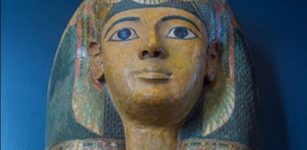 Ancient Egyptians Knowledge Of Psychiatry – Importance Of The Sorcerer And The Mysterious Zar Dance
Ancient History Facts | Apr 24, 2020
Ancient Egyptians Knowledge Of Psychiatry – Importance Of The Sorcerer And The Mysterious Zar Dance
Ancient History Facts | Apr 24, 2020 -
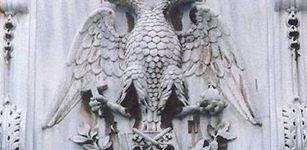 Mystery Of The Ancient Double-Headed Eagle Symbol
Ancient Symbols | Oct 11, 2017
Mystery Of The Ancient Double-Headed Eagle Symbol
Ancient Symbols | Oct 11, 2017 -
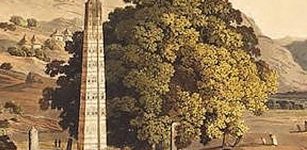 Ancient African Empires’ Impact On Migration Revealed By Genetics
Archaeology | Mar 31, 2023
Ancient African Empires’ Impact On Migration Revealed By Genetics
Archaeology | Mar 31, 2023 -
 Chilling Story Of Glamr Who Became A Draugr, A Living Dead – Scary Yule Haunting
Christmas Traditions | Dec 7, 2021
Chilling Story Of Glamr Who Became A Draugr, A Living Dead – Scary Yule Haunting
Christmas Traditions | Dec 7, 2021 -
 Sinister Mythical Dark Elves And Light Elves And Their Magical Ship ‘Skidbladnir’
Featured Stories | Oct 3, 2016
Sinister Mythical Dark Elves And Light Elves And Their Magical Ship ‘Skidbladnir’
Featured Stories | Oct 3, 2016 -
 Bona Sforza – Ambitious Queen Of Poland Was Betrayed And Murdered
Featured Stories | Jan 21, 2019
Bona Sforza – Ambitious Queen Of Poland Was Betrayed And Murdered
Featured Stories | Jan 21, 2019 -
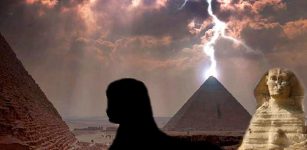 Did The Great Sphinx Of Giza Have A Twin And Was It Destroyed By A Lightning Strike?
Featured Stories | Dec 23, 2017
Did The Great Sphinx Of Giza Have A Twin And Was It Destroyed By A Lightning Strike?
Featured Stories | Dec 23, 2017 -
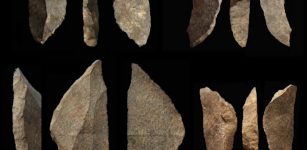 Prehistoric Swiss Army Knife Shows How Early humans Communicated
Archaeology | Jun 9, 2022
Prehistoric Swiss Army Knife Shows How Early humans Communicated
Archaeology | Jun 9, 2022 -
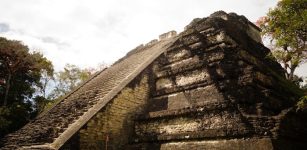 Hundreds Of Ancient Ceremonial Sites Discovered Near Aguada Fénix – The Largest And Oldest Maya Monument In Mexico
Archaeology | Nov 8, 2021
Hundreds Of Ancient Ceremonial Sites Discovered Near Aguada Fénix – The Largest And Oldest Maya Monument In Mexico
Archaeology | Nov 8, 2021 -
 Unexplained Mystery Of The Untraceable Stone-Throwers – Strangeness In North America, Belgium And Indonesia – Part 1
Featured Stories | Nov 11, 2019
Unexplained Mystery Of The Untraceable Stone-Throwers – Strangeness In North America, Belgium And Indonesia – Part 1
Featured Stories | Nov 11, 2019 -
 Lost Biblical City, Ancient Treasure And Atlantis – Biblical And Archaeological Perspective
Biblical Mysteries | Apr 27, 2018
Lost Biblical City, Ancient Treasure And Atlantis – Biblical And Archaeological Perspective
Biblical Mysteries | Apr 27, 2018 -
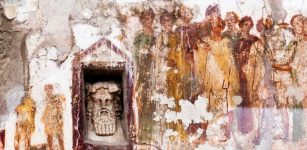 Artificial Intelligence Recreates Pompeii’s Ruined Ancient Masterpieces
Archaeology | Jul 8, 2023
Artificial Intelligence Recreates Pompeii’s Ruined Ancient Masterpieces
Archaeology | Jul 8, 2023 -
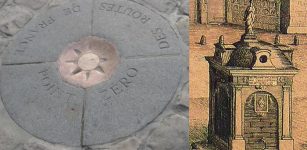 Paris Point Zero And The Mysterious Statue Of Monsieur Legris
Featured Stories | Dec 4, 2018
Paris Point Zero And The Mysterious Statue Of Monsieur Legris
Featured Stories | Dec 4, 2018 -
 Emperor Kublai Khan: One Of The Most Powerful People In Human History
Featured Stories | May 23, 2017
Emperor Kublai Khan: One Of The Most Powerful People In Human History
Featured Stories | May 23, 2017 -
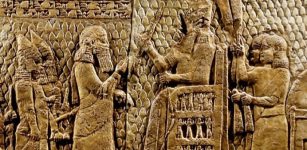 Lost Kingdom Of Idu And Its Seven Unknown Kings
Civilizations | Jul 25, 2023
Lost Kingdom Of Idu And Its Seven Unknown Kings
Civilizations | Jul 25, 2023 -
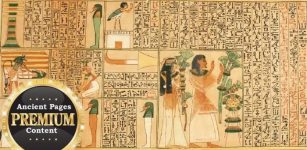 Curious Celestial Boats, Knowledge Of Time Travel And Time Dilation In The Egyptian Papyrus Of Ani And Nu?
Ancient Technology | Aug 5, 2017
Curious Celestial Boats, Knowledge Of Time Travel And Time Dilation In The Egyptian Papyrus Of Ani And Nu?
Ancient Technology | Aug 5, 2017 -
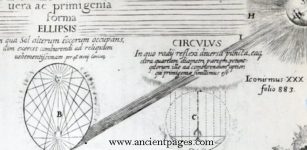 Shining Ones, Archimedes Death Ray And Mystery Of Vitrified Forts In Scotland
Ancient Technology | May 13, 2015
Shining Ones, Archimedes Death Ray And Mystery Of Vitrified Forts In Scotland
Ancient Technology | May 13, 2015 -
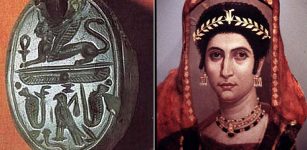 Infamous Queen Jezebel And Her Ancient Seal
Featured Stories | Feb 13, 2016
Infamous Queen Jezebel And Her Ancient Seal
Featured Stories | Feb 13, 2016

